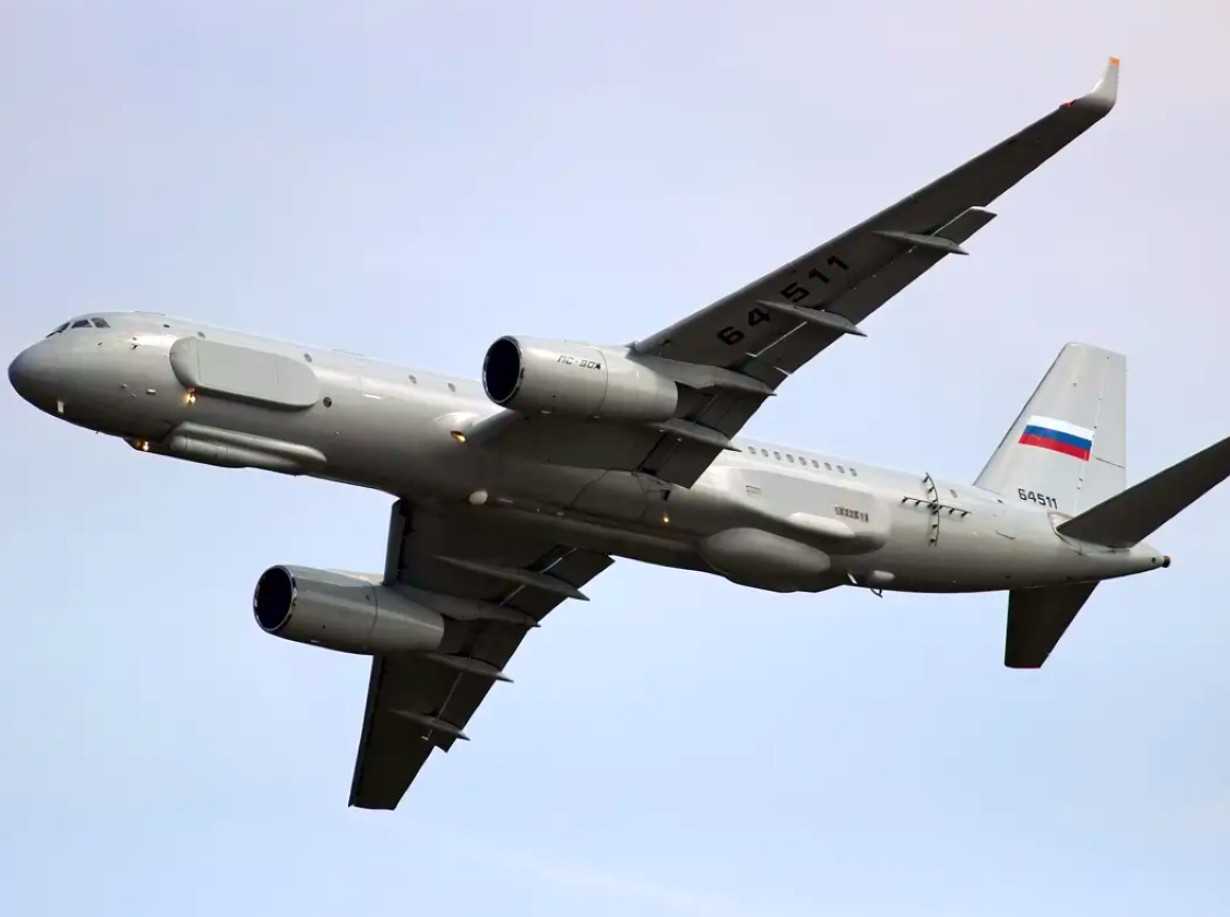On December 31, 2024, the RuMoD reported that it had neutralized three MLRS launchers, including two HIMARS and one Alder MLRS, close to Selidovo (Donetsk People’s Republic) and Glubokoye (Kharkiv region).
On January 1, the Military Informant Telegram channel published a video purportedly showing a HIMARS that had just fired a salvo coming under fire from cluster munition dispensing artillery rockets near Konstantinovka.
The launcher was reportedly destroyed, though the video evidence presented, showing submunition strikes around the launcher, is not clinching.
While the evidence supporting HIMARS neutralization isn’t clinching, there can be little doubt that Russia was able to strike the HIMARS before it had time to completely withdraw from the launch area, which itself is a significant feat because of the challenges in engaging a HIMARS.
The Russian army destroyed HIMARS pic.twitter.com/Qvhnxlr9h7
— War Intel (@warintel4u) January 1, 2024
HIMARS Destruction Challenges
HIMARS is optimized for shoot and scoot. The wheeled vehicle carries a single pod with 6 GMLRS (Guided Multiple Launch Rocket System) rockets with a max strike range of around 90 km.
The highly accurate SATNAV and INS guided rockets can engage high-value targets 40 km behind adversary lines even when launched from the safety of a point 50 km behind the frontline, outside the range of most Russian kamikaze drones and MLRS systems.
The time taken by a HIMARS to fire all its rockets is classified and can vary depending on the type of rockets being used, the firing sequence, and the operational procedures of the crew.
What we can say with certainty is that the time taken to launch all rockets and scoot is less than the sum of the flight time to the target of the GMLRS rockets, the time taken by a Weapon Locating Radar to process the trajectory of the rockets, and relay HIMARS coordinates to a counter-battery MLRS, and the flight time to the HIMARS of the counter-battery fire rocket!
The math completely favors HIMARS.
Russia’s Tornado-S MLRS
Russia’s Tornado-S MLRS has the capability to launch 300 mm SATNAV, and INS-guided rockets, with unitary or cluster warheads, to a range of more than 100 km. However, in counter-battery fire, by the time the Tornado-S rockets arrive at the launch point, the HIMARS would have scooted to safety.
Wait a minute! How come the video posted on Military Informant TC shows the rockets arriving at the launch point before HIMARS has scooted?
One possible explanation would be that the counter-battery rockets were fired before the HIMARS rockets arrived at the target area, significantly reducing the response time and cutting off the HIMARS escape.
In which case, the question would be – How did the Russians pinpoint the launch point without using a Weapon Locating Radar, which calculates the approximate launch point by plotting the trajectory of the rocket?
It’s highly likely that the plume of the GMLRS rocket was picked up by a Russian reconnaissance system, and the precise launch coordinates were immediately transmitted to the counter-battery MLRS.
If Russia has now acquired the means to detect the plume of a GMLRS rocket, the impact on the future course of the Special Military Operation (SMO) will not be trivial.
Russian Reconnaissance System Likely In Play?
Russian forces have several aerial systems capable of detecting HIMARS rocket launches and cueing ground-based counter-battery fire systems. These include the Tu-214R reconnaissance aircraft, Orion MALE drones, and finally, the EKS Kupol satellite constellation.

The Tu-214R is designed for electronic and optical snooping. It has a conformal AESA radar and a high-resolution optoelectronic system for detecting ground targets. The optoelectronic system is reportedly capable of recognizing targets.
The aircraft was operationally deployed as part of the SMO in September 2022. Russia had a limited inventory to begin with, but it’s likely that the number of aircraft available for SMO deployment has now increased.
Russia’s Orion MALE drone is a capable radar and optical reconnaissance platform. Russia has wisely not wasted the platform for armed attack exposing it to Ukrainian air defence systems.
It’s possible that Russia now has adequate Orion inventory to mount 24×7 surveillance of the battlefront looking deep into Ukrainian territory while staying out of Ukrainian AD systems range. The drone has 24-hour endurance and cruises at around 20,000 ft.
Finally, Russia’s EKS Kupol (Dome) ballistic missile launch early warning system likely has the capability to detect a GMLRS rocket plume on launch. The Kupol system currently has 6 Tundra satellites equipped with highly sensitive IRS sensors in Molniya (highly elliptical) orbits.
The constellation, which is expected to add 3 to 4 additional satellites, can maintain a 24-hour vigil for rocket launches, facilitating prompt counter-battery fire.
At this point in time, it’s not clear how Russia is detecting HIMARS GMLRS launches. What is clear is that Russia has the ability to detect such launches more accurately than would be possible using a WLR; this capability is likely to improve with time!
Challenges Remain
However, as is evident from the counter-battery fire video, there still remain challenges in neutralising an attacking HIMARS system.
Most of all, the limited accuracy of the counter-battery fire. The combination of SATNAV and INS can, at best, give an accuracy of 10 m, which is not good enough to neutralize the HIMARS with certainty. Even the use of cluster munition warheads on the rockets cannot assure destruction.
Terminal homing on rockets would be essential for assured destruction. The capability will eventually be deployed. However, the increased threat faced by US HIMARS systems deployed behind Ukrainian lines is now already substantive enough to curb their use.
The claimed destruction of two US HIMARS launchers, if true, may well turn out to be yet another harbinger of a Ukrainian capitulation in 2024.
- Vijainder K Thakur is a retired IAF Jaguar pilot. He is also an author, software architect, entrepreneur, and military analyst. VIEWS PERSONAL OF THE AUTHOR
- Follow the author @vkthakur




